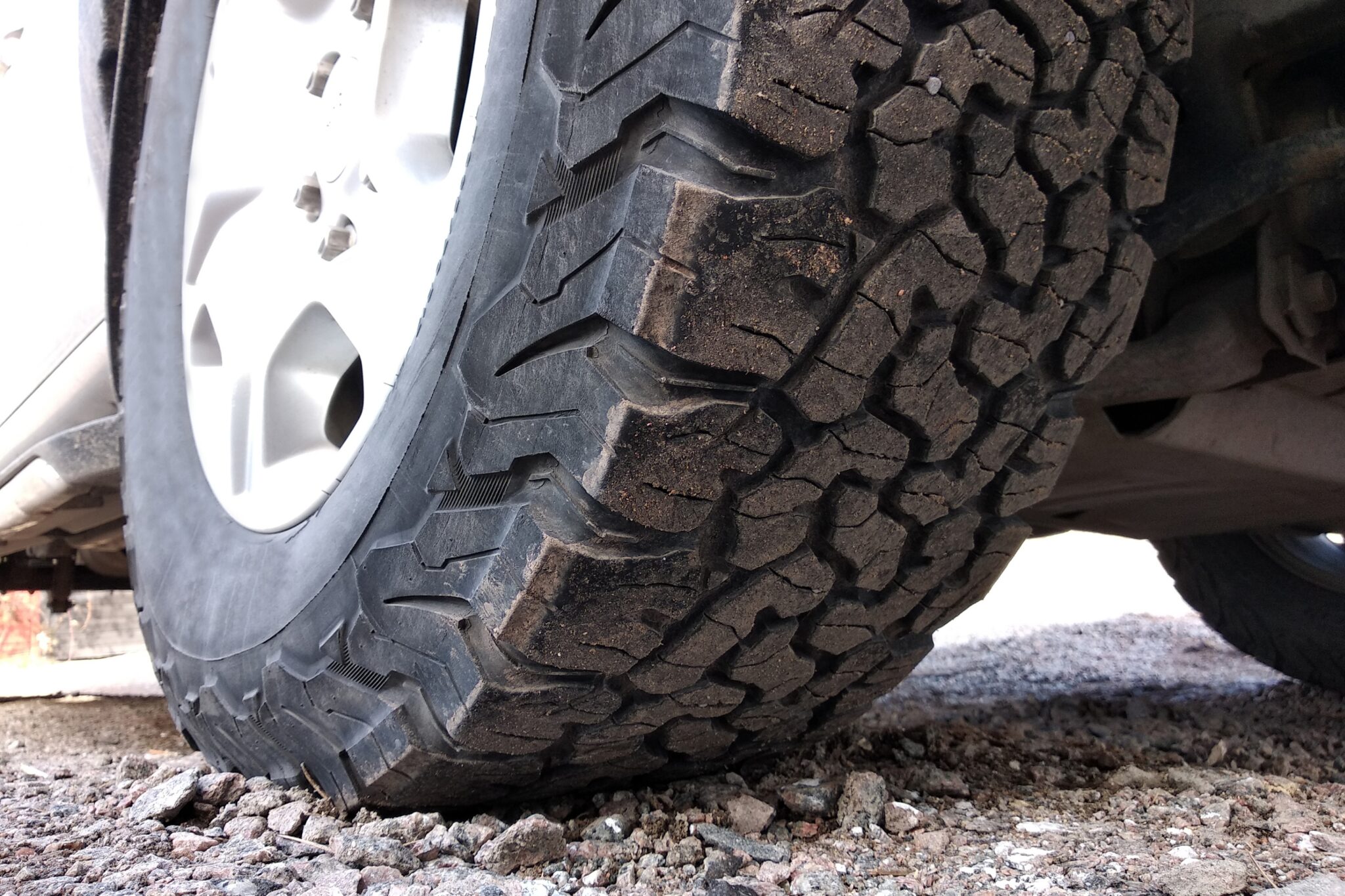Last Updated on November 9, 2024
Explained Science Behind Winter Tire Performance in Different Temperatures
When it comes to winter driving, many people are familiar with the need for winter tires when the weather gets cold. But have you ever wondered why winter tires perform so much better in freezing temperatures than regular tires? The secret lies in the combination of tire rubber compounds and the science behind temperature effects on tire performance.
This article explores how tire rubber behaves at different temperatures, why winter tires are specifically designed for cold weather, and how they help keep you safe on snow and ice. Let’s break down the science behind winter tire performance in an easy-to-understand way and learn why switching to winter tires is crucial when the temperature drops.
What Happens to Tire Rubber at Different Temperatures?
Tire rubber has several ingredients, including natural rubber, synthetic rubber, and various additives. These materials are all designed to perform well under specific conditions.
At higher temperatures, regular tires (like all-season or summer tires) become softer and more flexible, which helps them grip the road better. But as the temperature drops, the rubber in regular tires becomes harder and stiffer, reducing their ability to maintain traction. This stiffness is especially dangerous on icy or snowy roads because it makes the tire slide rather than grip.
Winter tires, on the other hand, are specifically designed to remain flexible in cold temperatures. The rubber compounds in winter tires stay soft and pliable even when temperatures drop below freezing. This flexibility allows winter tires to maintain better contact with the road surface, which is essential for safety when driving in snow or on icy roads.
Why Are Winter Tires Made of Special Rubber Compounds?
The rubber compound used in winter tires is formulated to perform differently than the compound in all-season or summer tires. This specialized compound is the key to a winter tire’s ability to stay flexible in freezing temperatures and provide superior traction.
Winter tires are typically made from natural rubber, silica, and specific oils that prevent the rubber from stiffening in the cold. These ingredients work together to ensure the tire remains flexible and grippy, even when the temperature drops to freezing or below.
This flexibility is important because cold weather hardens regular tire rubber, reducing traction. Winter tires, by comparison, are engineered to stay soft and flexible. This means they can better conform to the road, creating a stronger grip, which improves safety on snow and ice.
How Temperature Affects Tire Performance: A Breakdown
To understand the importance of winter tires, looking at how temperature influences tire performance is helpful. Here’s a quick breakdown of how tire rubber behaves in different temperature ranges:
- Above 45°F (7°C): Regular tires perform just fine in warmer temperatures. The rubber remains soft and flexible, offering good traction on dry or wet roads. All-season tires are designed to handle these conditions year-round but lose traction when the temperature consistently drops below 45°F.
- Between 32°F (0°C) and 45°F (7°C): As the temperature approaches freezing, the rubber in regular tires begins to stiffen, leading to less grip on the road. All-season tires will still perform decently, but their ability to grip ice or snow will be significantly reduced.
- Below 32°F (0°C): This is where winter tires start to outperform regular tires. Winter tires are designed to remain flexible even when temperatures are below freezing. This allows them to maintain superior traction on icy, snowy, or slushy surfaces, where regular tires would slide or lose control.
- Below 20°F (-6°C): Winter tires are at their best when temperatures drop even further. Their rubber compounds remain soft and flexible in the extreme cold, ensuring they stay in contact with the road for maximum grip. On the other hand, regular tires become much harder and struggle to grip, leading to dangerous driving conditions.

Why Winter Tires Perform Better in Cold Weather
As we’ve seen, the science behind winter tires is all about the rubber compound’s ability to remain flexible in cold temperatures. But there are a few additional factors that help winter tires perform better in low temperatures:
1. Specialized Tread Design
Winter tire tread patterns are designed to handle snow, slush, and ice. The grooves and sipes (tiny slits in the tread) help increase surface area and improve traction by providing more “edges” for the tire to grip onto. These features are especially important in freezing temperatures, where the road can be icy and slippery.
2. More Traction on Ice and Snow
Due to their tread design and flexible rubber compound, winter tires also feature higher levels of grip on snow and ice. On snow-covered roads, the tire needs to bite into the snow, and on ice, it needs to create traction points to prevent sliding. Winter tires excel in both situations, providing better traction than any other tire type.
3. Safer Braking and Handling
Because winter tires stay flexible in cold temperatures, they also improve braking performance. When you press the brakes, winter tires can better grip the road, leading to shorter stopping distances in snow and ice. This is a huge safety benefit, especially when driving in conditions where every second counts.
When Should You Switch to Winter Tires?
Knowing when to switch to winter tires is crucial. In many regions, the best time to switch is when temperatures consistently drop below 45°F (7°C), which will vary depending on your location. If you live in an area that experiences harsh winters with snow and ice, installing winter tires in early fall is a good idea to prepare for the colder months.
It’s important to remember that even if your area doesn’t get much snow, winter tires are still a smart choice when temperatures consistently fall below freezing. Regular tires simply aren’t designed to handle these conditions safely.
Conclusion: The Science of Staying Safe on the Road
When the temperature drops and winter weather sets in, the performance of your tires is more important than ever. Winter tires are engineered with specialized rubber compounds that remain flexible in freezing temperatures, allowing them to grip the road better than regular tires. Combined with their unique tread designs, winter tires offer superior traction, braking, and handling in cold, snowy, and icy conditions.
Understanding how winter tires perform at different temperatures lets you decide when to switch and why it’s important. Whether driving through light snow or navigating icy roads, the right tire can make all the difference in keeping you safe.
-
Automotive Specialist
-
Writer
-
Writer










